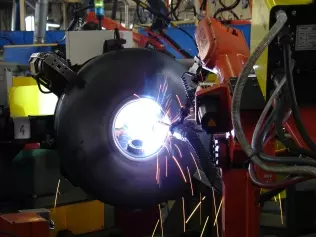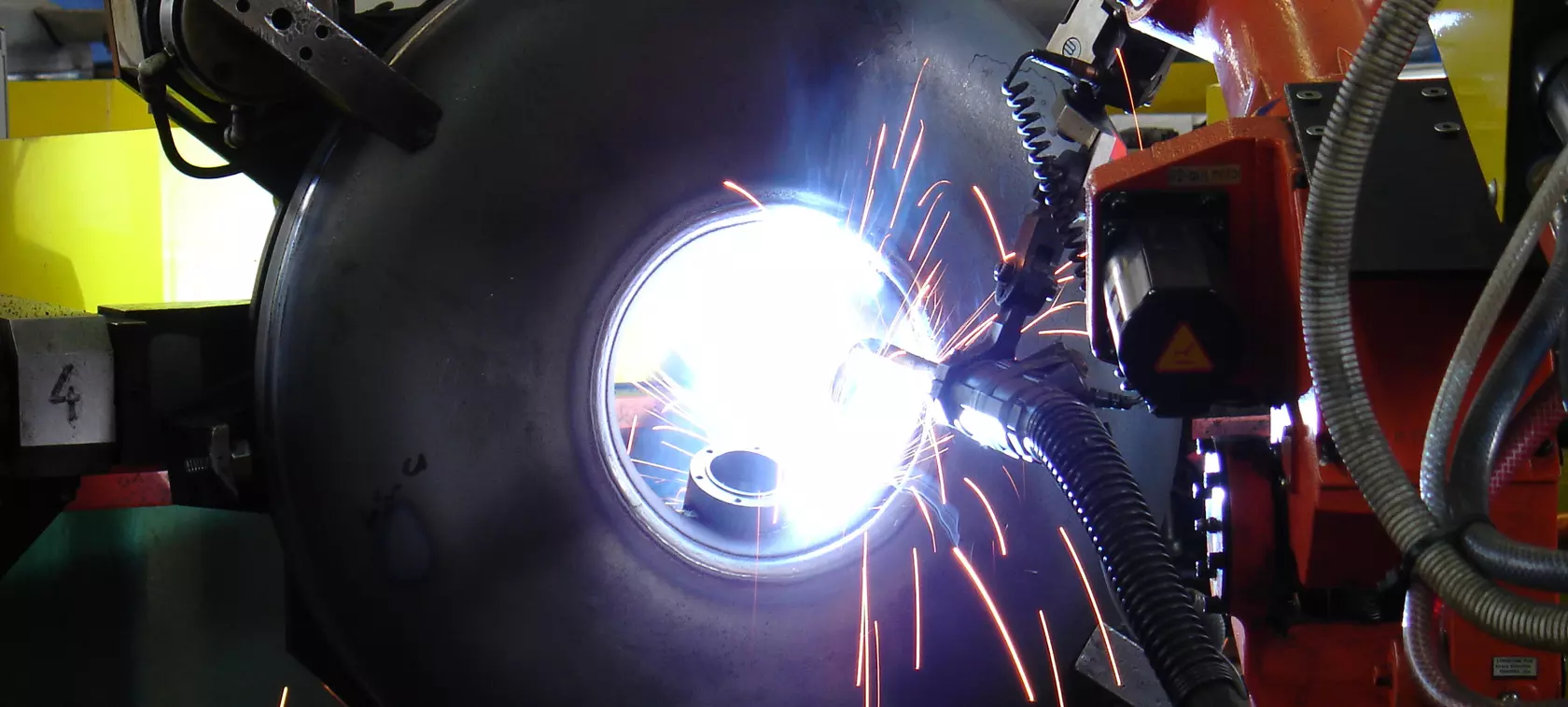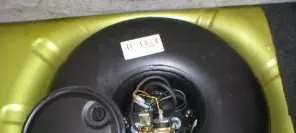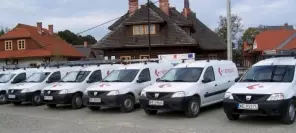- Main page
- Search
- Up to date
- Products
- Technology
- Vehicles
- Video
- Conversion Payback Simulator
Port Injection - Conversion Payback Simulator
Direct Injection - Conversion Payback Simulator
Diesel - Newsletter
Safety of LPG tanks
 loading results...
loading results... © STAKOThe process of manufacturing LPG tanks as well as the inspection and testing procedures ensure maximum safety
© STAKOThe process of manufacturing LPG tanks as well as the inspection and testing procedures ensure maximum safetyStereotypes
The negative connotations associated with LPG arise for many reasons. Firstly, a large tank “pokes” some people’s eyes after you open up the trunk. If the petrol tank was in the same place, the effect would probably be similar. Secondly, the gas tank is often associated with propane-butane cylinders that many people have at home, and these – as we sometimes hear in the media – can cause some big damage (though almost always it’s the owner’s fault). Thirdly, the same media occasionally inform us about the tragic consequences of accidents that involve gas vehicles, which allegedly had their gas tanks torn apart, though hardly anyone is able to cite a specific event. Blinded by sensationalism, no one is waiting for a survey report. And when one finally appears after a few days of weeks, no one remembers the accident any longer. Hence the quite common – though false – belief that nearly 2,8 million drivers in Poland alone travel with ticking bombs aboard.
Facts
According to all available knowledge, it’s a lot easier to unseal a petrol tank than any LPG tank, because the former is usually made of plastic and is not equipped with any safety fittings. LPG tanks have a device called the multivalve, which controls the gas flow. This system includes:
- filling valve (with a full load stop that makes it impossible to fill more than 80% of the tank’s gross volume),
- operating valve – controlled electrically, opened at the moment the gas system is being switched on,
- excess flow valve, that shuts off the gas after the copper gas lines have been discontinued (when the rate of flow is above normal),
- safety valve, that lets gas outside when the pressure inside the tank is dangerously high.
But that’s not all – if the pressure inside the tank (due to a car fire) goes up to such an extent that the safety valve alone is not enough, an extra safety fuse (known also as the fire valve) will help. It melts when exposed to high temperature and releases the over-pressured gas. A gas tank can only be sold if it includes all the components mentioned above.

LPG tanks are perfectly safe in everyday use.
Find out the strict procedures they undergo!
Left: 50%
You may also find these interesting:
 loading results...
loading results...








